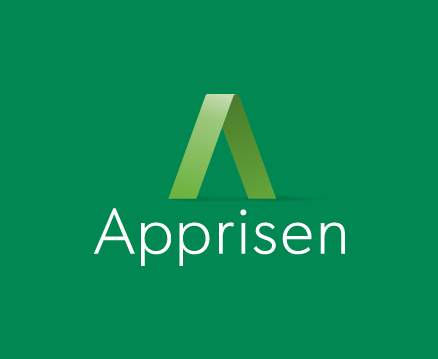by Libby Ludwig
As the date for the student loan repayment restart in October approaches, millions of borrowers will have to budget for the new monthly expense. To assist you in this process, here are some quick and practical tips to ensure you’re ready to tackle your student loan payments effectively.
Check Your Payment
Check your payment and due date at https://www.studentaid.gov. It shows loan details and your October 1 payment amount. If you don’t have a FAFSA login, create or reset it on the homepage. If you prefer not to go online, call National Student Loan Data Systems (NSLDS) at 800-4-FED-AID. They have loan info but not payment specifics; contact your loan servicer for that.
Don't Lose Hope If You've Defaulted On Loans
The government is slowly working to bring defaulted loans back on track automatically. If your studentaid.gov or NSLDS info mentions collections that haven’t been rehabilitated automatically, request the Fresh Start program to bring them current. Apply online at https://myeddebt.gov or by phone at 800-621-3115.
Review Your Payment Plan Options
If you weren’t on an income-based plan from before the COVID deferment or using Fresh Start, you probably have a standard 10-year repayment plan. If this isn’t manageable, check out the loan simulator at https://studentaid.gov/loan-simulator/. Logging in means you can see your exact payment plan options, or enter your income, household size, and debt for more general comparisons. You can even apply for a new payment plan on the website or call your loan servicer.
Check If You Qualify For Early Loan Forgiveness
Teachers, non-profit, or government workers may qualify for early loan forgiveness. Check out details at https://studentaid.gov/manage-loans/forgiveness-cancellation/teacher and https://studentaid.gov/pslf/. Even if you haven’t made all 120 required payments for Public Service Loan Forgiveness (PSLF), applying helps verify eligibility and progress toward forgiveness.
Last Resort Option
As a last option, if income-driven payments aren’t feasible, you might extend your deferment or forbearance period, postponing payments for a few more months. However, income-driven is better long-term because it starts your forgiveness timer. Most income-driven plans require annual renewal, and any remaining balance is forgiven after 20 years. Deferment and forbearance only delay repayment indefinitely, with ongoing interest and no forgiveness date.
If you need 1-1 assistance to help you prep for the student loan repayment restart in October, check out our free student loan counseling education session. You connect with a student loan counselor to go over all your repayment options, for a budget overview, and more.
Share this article



